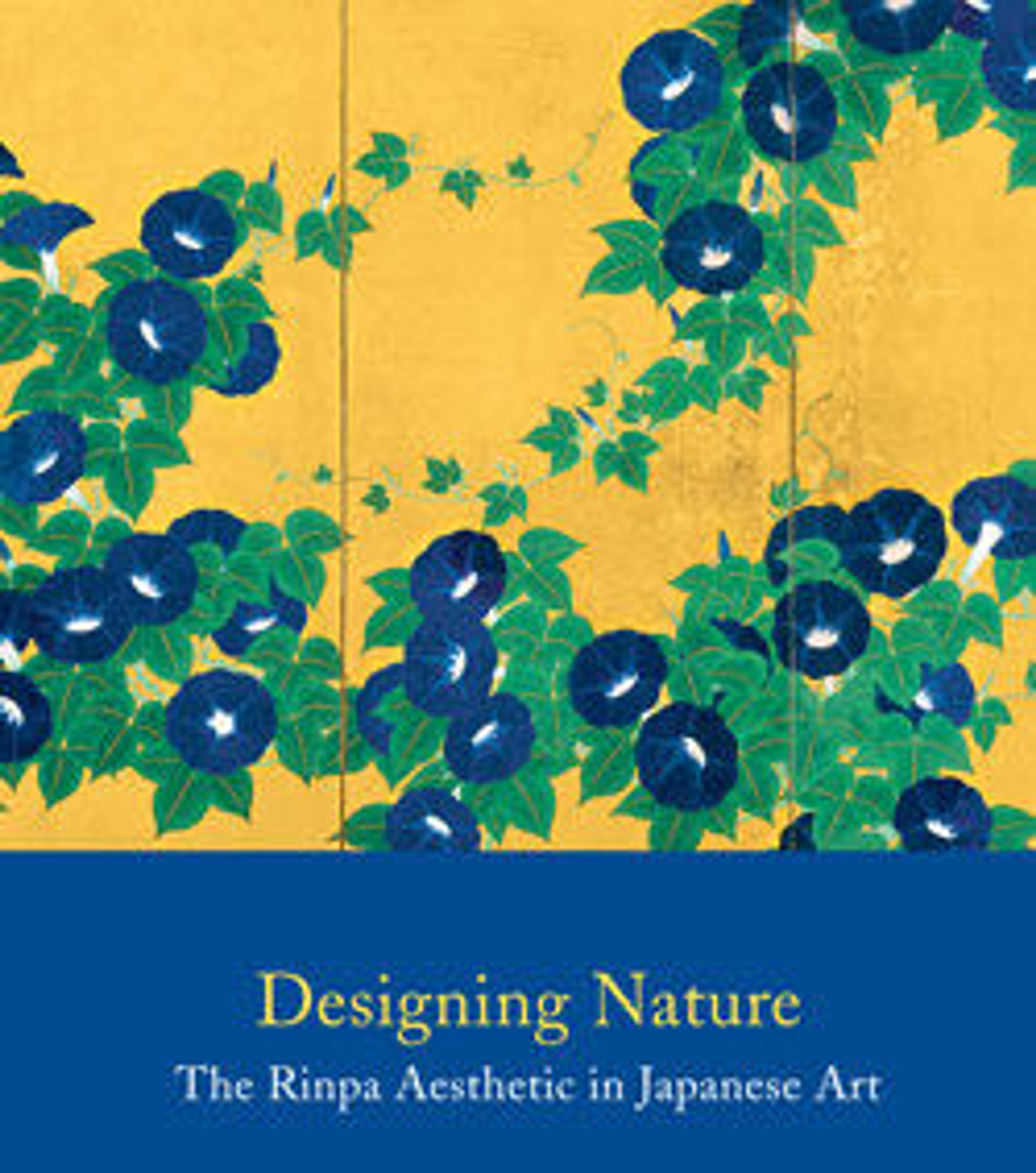Jurōjin
A Chinese sage with a white beard and cap sits on a stool beneath a wizened pine, a scroll in his right hand and a staff of gnarled wood in his left. He is the Daoist immortal Shoulaoren, better known in Japanese popular culture as Jurōjin, who counted as one of the Seven Gods of Good Fortune. While Rinpa painting is typically associated with motifs and subjects derived from the Japanese literary canon, here, mottled ink (tarashikomi) is masterfully deployed to represent the landscape setting for a portrait of the legendary Chinese figure. Buddhist and Daoist subjects are commonly considered the territory of Kano-school painters, whose brushwork is characteristically angular. Here, the artist’s cheerful rounded forms give the esteemed immortal an entirely different sensibility. The scroll in the man’s right hand has various interpretations—by some accounts it records the life span of all living beings, while in others it catalogues their deeds, both good and bad. In some cases, the scroll is said to be a Buddhist scripture or a symbol of wisdom.
Artwork Details
- 神坂雪佳筆 寿老人図
- Title:Jurōjin
- Artist:Kamisaka Sekka (Japanese, 1866–1942)
- Period:Meiji period (1866–1912)
- Culture:Japan
- Medium:Hanging scroll; ink and color on silk
- Dimensions:Image: 48 1/2 x 16 7/16 in. (123.2 x 41.8 cm)
Overall with mounting: 84 x 22 in. (213.4 x 55.9 cm)
Overall with knobs: 85 1/4 x 24 1/8 in. (216.5 x 61.3 cm) - Classification:Paintings
- Credit Line:Gift of Gitter-Yelen Foundation, in honor of John T. Carpenter, 2011
- Object Number:2011.526.2
- Curatorial Department: Asian Art
More Artwork
Research Resources
The Met provides unparalleled resources for research and welcomes an international community of students and scholars. The Met's Open Access API is where creators and researchers can connect to the The Met collection. Open Access data and public domain images are available for unrestricted commercial and noncommercial use without permission or fee.
To request images under copyright and other restrictions, please use this Image Request form.
Feedback
We continue to research and examine historical and cultural context for objects in The Met collection. If you have comments or questions about this object record, please contact us using the form below. The Museum looks forward to receiving your comments.
